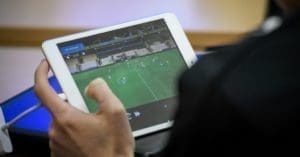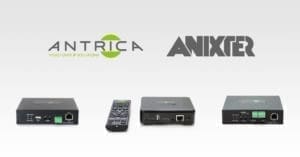As part of our ongoing blog series, Les Litwin, owner of Antrica continues to share his knowledge on encoders and decoders. Today, he explains the differences between multi-casting and uni-casting for encoding and decoding video online. He also discusses the suitability of both processes, in terms of what you might require.
[Transcript]
Okay so, before I can talk about multi-casting, I needs to talk about uni-casting.
Uni-casting is a method where a person wants to view an encoder or a camera for example, they would use something called RTSP, and the viewer or the client will communicate with the camera and say, ‘I want to see what you’re seeing’ and the camera then sends them that image, and you can have multiple clients. You can have two or three or more but every time a client connects to that camera, it has to generate another stream.
So let’s say it’s one megabit, it’s now generating two megabits because there’s two people, or three megabits if there’s three people. So multi casting was a way which was developed to allow the same camera or the same encoder to send only one stream but that stream could now support many hundreds or thousands of people who want to view it. A good example is the TV broadcast, you know that’s a multi-casting system because many people are watching one stream effectively.
The problem with multi-casting is that it the client or the camera are not managing that stream, that stream is being sent to the network and then it’s flooding that network because it’s just going everywhere because the camera or the encoder doesn’t know who the hell is viewing that stream and the client doesn’t know how many other clients there are on the system, so it’s all down to the network. The network has to be managed and that’s where multi-casting and the network are so key.
To support multi-casting, you need a network switch which is layer two IGMP compliant. In other words, it’s a managed switch, you cannot use unmanaged switches in that case because otherwise you end up with something called flooding, where every single person on the network is getting that video and it’s just shutting video down, sorry, shutting the network down, so that’s the thing for multi-casting, you have to have a managed switch.




